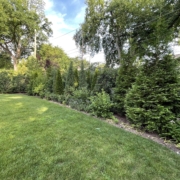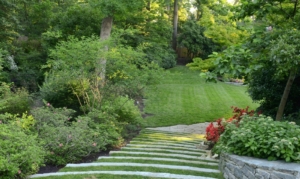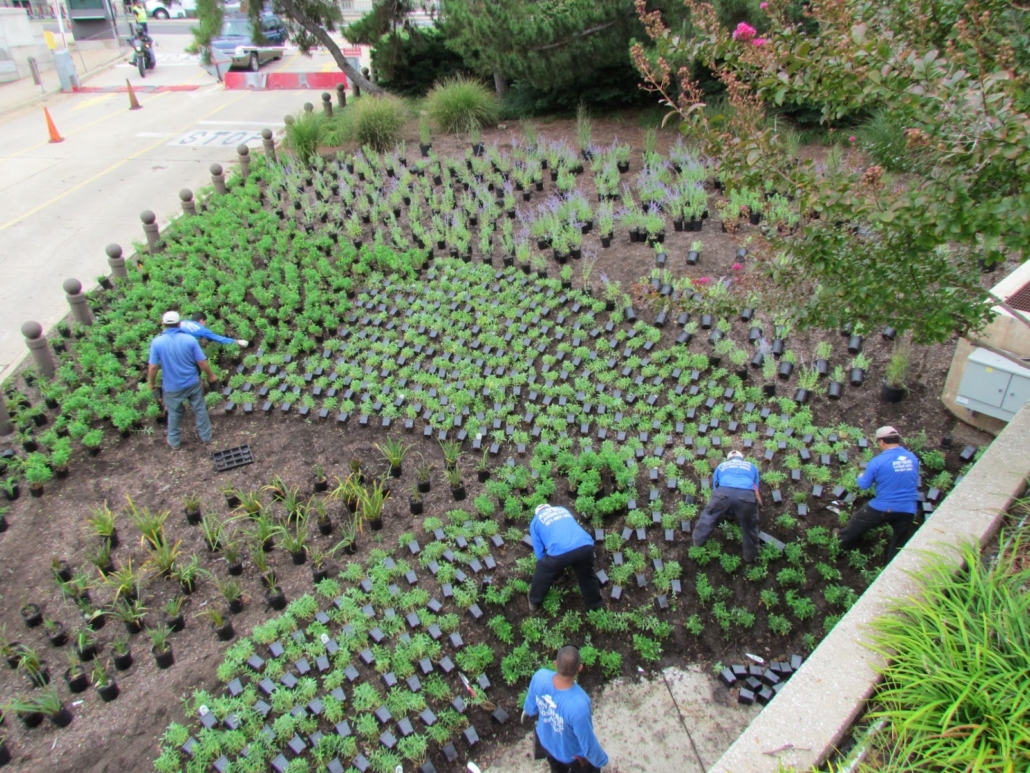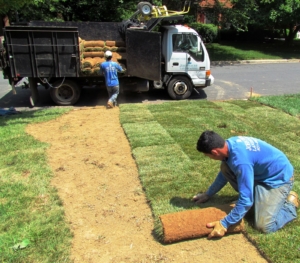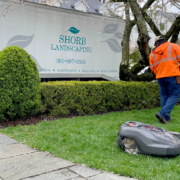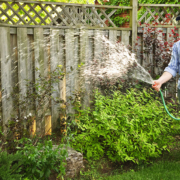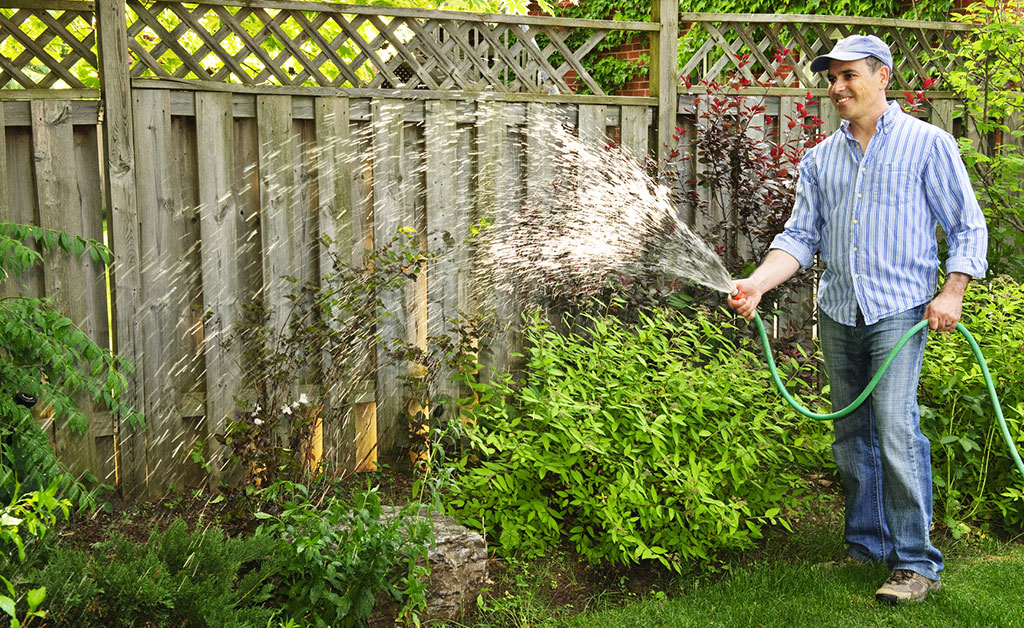Top Five Summer Lawn Care Tips for the Washington DC, Maryland, and Northern Virginia Region
Tips to keep your lawn healthy and beautiful throughout the summer
Summer is a time when we typically try to take a vacation, unwind a bit from the hectic day to day, and enjoy the work that has gone into our lawns and gardens. The Washington DC, Maryland, and Northern Virginia region (also known as “the DMV”), known for its humid subtropical Summer climate, presents its own set of challenges for lawn care. To help you keep your lawn healthy and beautiful throughout the summer, we have compiled the top five lawn care tips specifically tailored to the DMV region.
1. Proper Watering
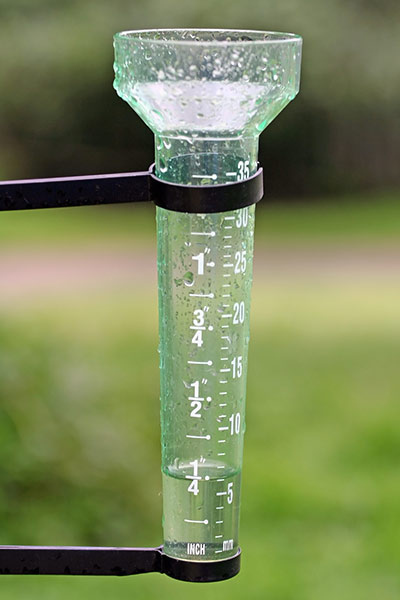 Watering your lawn correctly is crucial during the summer months. In the DMV region, it’s best to water deeply and frequently to encourage deep root growth. Water your lawn early in the morning to allow ample time for the grass to dry before evening, preventing the growth of fungal diseases. Aim for about an inch of water per week, including rainfall. Consider using a rain gauge or a moisture sensor to monitor the water levels and avoid over or under watering.
Watering your lawn correctly is crucial during the summer months. In the DMV region, it’s best to water deeply and frequently to encourage deep root growth. Water your lawn early in the morning to allow ample time for the grass to dry before evening, preventing the growth of fungal diseases. Aim for about an inch of water per week, including rainfall. Consider using a rain gauge or a moisture sensor to monitor the water levels and avoid over or under watering.
2. Mowing Techniques
When it comes to mowing, it’s essential to follow the right techniques. Set your mower blades to a height of around 3 to 4 inches, as taller grass shades the soil, preventing weed growth and reducing evaporation. Avoid cutting more than one-third of the grass blade’s height at a time, as this can stress the grass and inhibit its ability to withstand summer heat and drought. Additionally, keep your mower blades sharp to ensure clean cuts that promote healthier growth.
3. Weed Control
Weeds can be very aggressive in the DMV region and can quickly take over your lawn if left unattended. To control weeds effectively, consider applying pre-emergent herbicides early in the season to prevent their germination. For stubborn weeds, spot treat them with post-emergent herbicides, making sure to follow the manufacturer’s instructions carefully. Regularly inspect your lawn for any signs of weed growth and address them promptly to prevent them from spreading.
Homeowners should be aware that certain chemical treatments and herbicides may not be allowed in some areas, due to environmental policy. Your Shorb consultant will know the proper techniques and solutions allowed in your specific location.
4. Fertilization
Proper fertilization is crucial for the overall health and vitality of your lawn. In the DMV region, it’s recommended to apply a slow-release, balanced fertilizer during late spring or early summer. This will provide the necessary nutrients to support growth and withstand the stresses of summer. Avoid over-fertilizing, as it can lead to excessive growth and make the grass more susceptible to disease.
Certain chemicals and fertilizers may be banned in some areas, due to water run-off and environmental policy. Your Shorb consultant will know the proper fertilization solutions allowed in your specific location.
5. Managing Pests and Diseases
The warm and humid climate of the DMV region can create favorable conditions for pests and diseases to thrive. Regularly inspect your lawn for signs of insect damage, such as brown patches or chewed grass blades. Use appropriate insecticides or natural remedies to control pests like grubs, chinch bugs, and armyworms. Additionally, keep an eye out for common lawn diseases such as brown patch and dollar spot, and apply fungicides as needed, following the instructions on the product label.
Conclusion
Maintaining a healthy and vibrant lawn in the DMV region during the summer requires a proactive approach and adherence to these essential care tips. By following proper watering practices, mowing techniques, weed control measures, fertilization routines, and pest and disease management strategies, you can ensure that your lawn remains beautiful and resilient throughout the summer months. Remember, a well-cared-for lawn not only enhances the aesthetic appeal of your property but also provides a refreshing space for outdoor activities during the warm summer season.
Contact your Shorb representative to help you develop a comprehensive action plan for maintaining a beautiful and healthy lawn this summer and all year long!



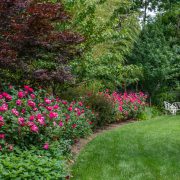
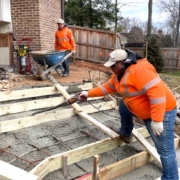
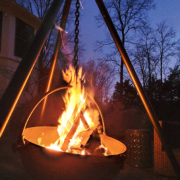
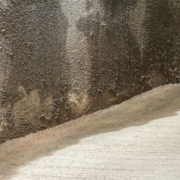
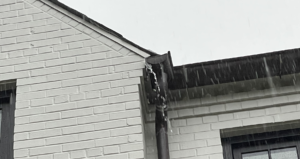
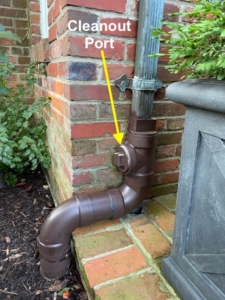
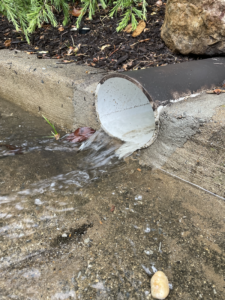

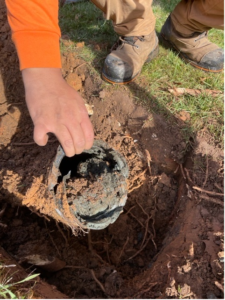
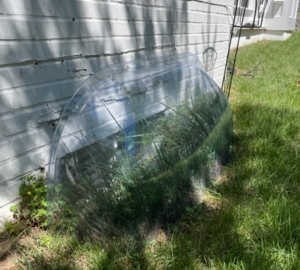 It is almost impossible for enough rain to enter a window well to cause damage. Window well covers actually hold in moisture inside the window well area, which is never a good thing. Flat and thin window well covers can also lead to a false sense of security. A thin layer of dust or leaves easily conceals these punji-like hazards especially when they are tucked behind bushes and plants. We have had a number of employees who have accidentally stepped on them and fallen through.
It is almost impossible for enough rain to enter a window well to cause damage. Window well covers actually hold in moisture inside the window well area, which is never a good thing. Flat and thin window well covers can also lead to a false sense of security. A thin layer of dust or leaves easily conceals these punji-like hazards especially when they are tucked behind bushes and plants. We have had a number of employees who have accidentally stepped on them and fallen through.